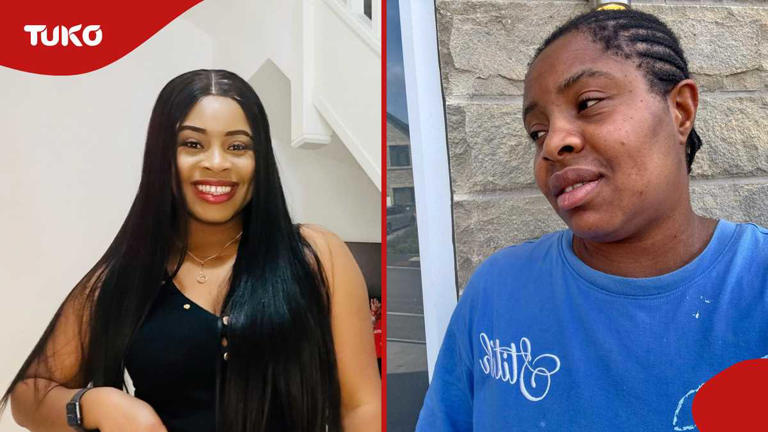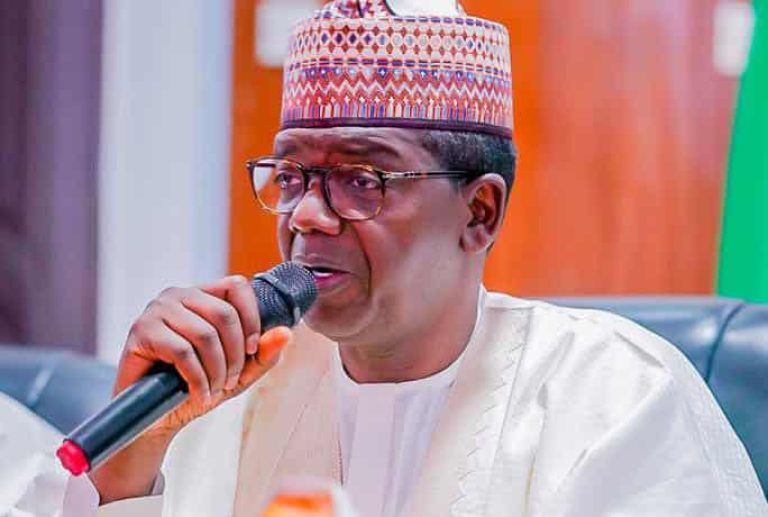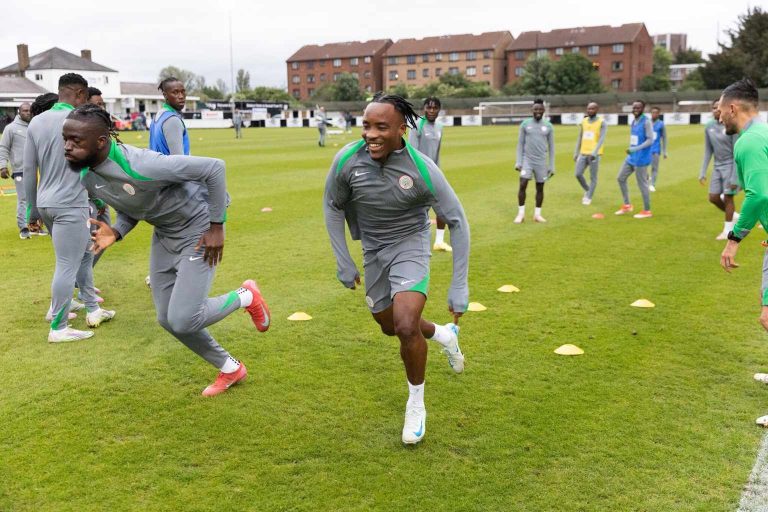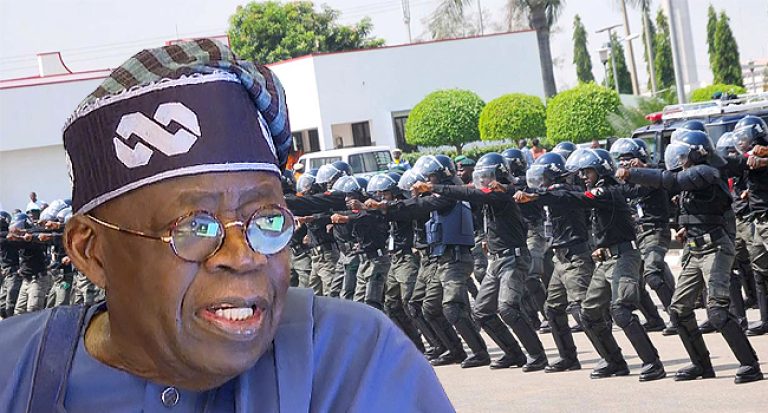
President Donald Trump’s predictions that a coronavirus vaccine would be ready before Election Day, Nov. 3, will not be met.
On Friday, pharmaceutical giant Pfizer announced it would not seek emergency authorization to release its coronavirus vaccine until late November.
Two other vaccine frontrunners are on hold. A fourth is unlikely to have results until the end of the year.
Trump has said repeatedly that a vaccine would be available to many before the election as part of the administration’s highly touted Operation Warp Speed, created to accelerate the development of a vaccine. Top scientists in and out of government have long said that timeline is unrealistic.
Seeking to draw a contrast with President Donald Trump’s approach to combating the pandemic, Democratic presidential nominee Joe Biden laid out plans for developing and distributing a vaccine if he wins in the November election
Conceding the point earlier this month, Trump blamed politics, without explanation.
“I think we should have it before the election,” Trump said in a video on Twitter shortly after his release from the hospital following COVID-19 treatment. “But frankly, the politics gets involved, and that’s OK, they wanna play their games. It’s gonna be right after the election.”
In a statement Friday, Pfizer CEO Albert Bourla said that the company may know by the end of October whether its vaccine works. But it will not reach its safety milestone until late November.
“Safety is, and will remain, our number one priority,” Bourla wrote.
Pfizer’s vaccine is one of several taking a novel approach to immunization. Rather than injecting patients with a dead or weakened virus or a piece of the germ, the vaccine contains genetic instructions for a part of the coronavirus. The patient’s body takes up the instructions, known as mRNA, and produces the virus fragment. The immune system responds to the fragment, priming the body to fight off the real virus.
Pfizer is collaborating with German biotech firm BioNTech, which came up with the genetic instructions being tested in the vaccine. Nearly 40,000 patients are taking part in the clinical trial so far.
Before the U.S. Food and Drug Administration will consider an emergency use authorization, the company needs to monitor at least half the patients for two months after their last dose to watch for side effects.
“We estimate we will reach this milestone in the third week of November,” Bourla wrote.
Another vaccine frontrunner that uses mRNA technology, from biotech company Moderna, also expects results in late November.
Meanwhile, two other vaccine trials have paused because of potential safety problems.
AstraZeneca said it put its trial on hold temporarily after at least one participant came down with an “unexplained illness.”
Media reports have described the illness as transverse myelitis, a form of spinal inflammation that can cause pain, weakness and paralysis in the limbs, as well as bladder and bowel problems. But the company has not confirmed the diagnosis.
Pauses to check possible safety issues are not uncommon in vaccine trials, experts say, and there are several factors besides the vaccine that may have caused the current illness. The trial has resumed in the United Kingdom, Brazil, India and South Africa. It remains on hold in the United States, however.
Another vaccine using a similar approach, from pharmaceutical company Johnson & Johnson, also has hit a safety snag, though its problems, too, may be unrelated to the vaccine.
The company reported an “unexplained illness” in one of its trial participants last week.
“We’re also learning more about this participant’s illness, and it’s important to have all the facts before we share additional information,” the company said in a statement.
Having received billions of dollars of government money, drug companies are taking the unprecedented step of scaling up vaccine manufacturing before results are in.
There won’t be enough for everyone right away, however. Government agencies are drawing up plans for who should get vaccinated first. Health care workers, first responders and more vulnerable populations including the elderly are likely to be first in line.
It may be the middle of next year before most Americans are vaccinated, Centers for Disease Control and Prevention chief Robert Redfield told Congress last month. (VOA)









391165 732684Soon after study several with the weblog articles for your internet website now, and i also genuinely such as your strategy for blogging. I bookmarked it to my bookmark internet site list and are checking back soon. Pls take a appear at my web page in addition and tell me what you believe. 90649